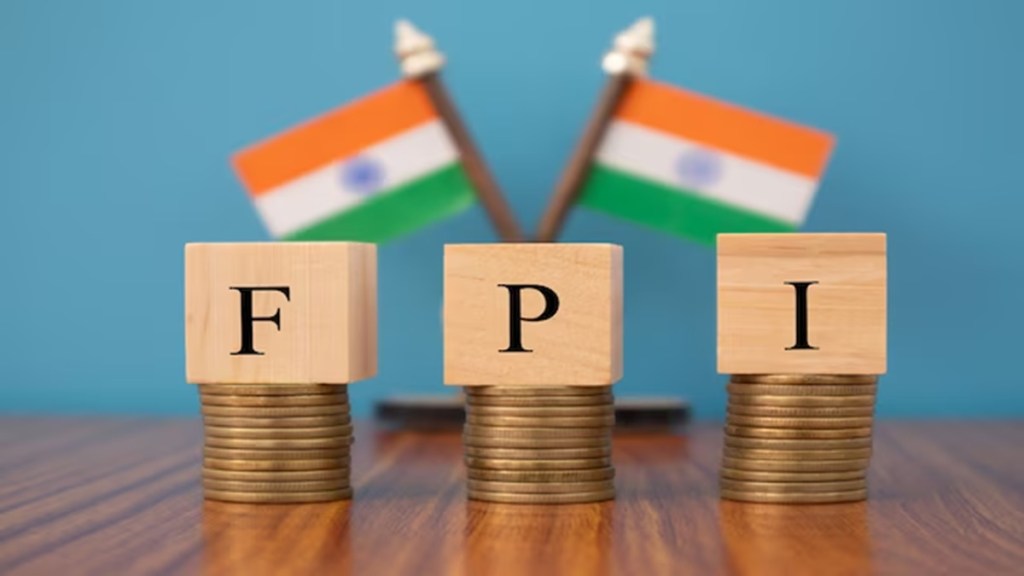To say that foreign portfolio investors (FPI) are not enamoured of Indian equities would be an understatement. Going by the net sales of $15 billion between January and end-August, they clearly prefer other markets both in the neighbourhood and elsewhere. That’s also evident from the allocations. As of August 27, the MSCI benchmark weighting (ex-Japan) for India was 15.8% compared with 29.3% for China and 18.6% for Taiwan. Indeed, as experts at Morgan Stanley point out, FPI portfolio positioning is at its weakest since 2000 when it started looking at the data.
Valuations and growth worries
There are several reasons for this. The first is FPIs’ discomfort with valuations; they feel stocks are simply too pricey relative to potential earnings growth and that other markets offer better buys. Disappointing corporate profits, both in FY25 and in the first quarter of FY26, have only served to reinforce this view. Following the downgrades after the earnings season, net profits for the Nifty 50 are now estimated to grow by about 10% in FY26 and about 17.5-18% in FY27. This comes off the very low growth of just about 6.5%. At 24,625, the Nifty currently trades at a price/earnings multiple of 22.5x estimated FY26 earnings and around 19x estimated FY27 earnings. These multiples are, in themselves, not unreasonable. However, the concern is that there are downside risks to the earnings estimates since the economy is expected to slow on the back of both global and local issues. While the GDP growth of 7.8% year-on-year in Q1FY26 has been stunning, economists point out it has been amplified by very low deflators and some one-off factors. They draw attention to the very modest trends in high-frequency indicators which don’t reflect the buoyancy of the GDP numbers. Importantly, unless the tariff issues with the US are sorted out, exports to the tune of $50 billion could be hit, impacting the GDP by about 50-80 basis points or even more.
Domestic investors provide cushion
Slowing exports could also weigh on the currency. Already, the depreciation of the rupee, which has lost 3% against the dollar in 2025 so far, has been a bit of a dampener for FPIs. Against this backdrop, with the US Fed expected to cut rates as early as September 16-17, foreign players believe there may be more promise, not just in other emerging markets that are cheaper but also in US equities. The sales by FPIs have resulted in a lengthy time correction for the market as the Nifty is more or less where it was in September last year. If the markets have held up without a serious price correction, it is thanks to the whopping $59 billion invested by local wholesale investors who are flush with funds; monthly equity flows into mutual funds have been averaging Rs 40,000 crore.
The strong retail flows, which have acted as a buffer against the relentless selling by foreign players, are unlikely to taper off. Importantly, retail investors appear convinced about the India growth story and believe equities are the best way to save. And they seem willing to wait it out. While there is merit in this school of thought, they might have to wait awhile to make decent money. For their part, FPIs, save a few, are unwilling to take any bets on India now. They would rather wait for more certainty even if it means buying into a more expensive market.

